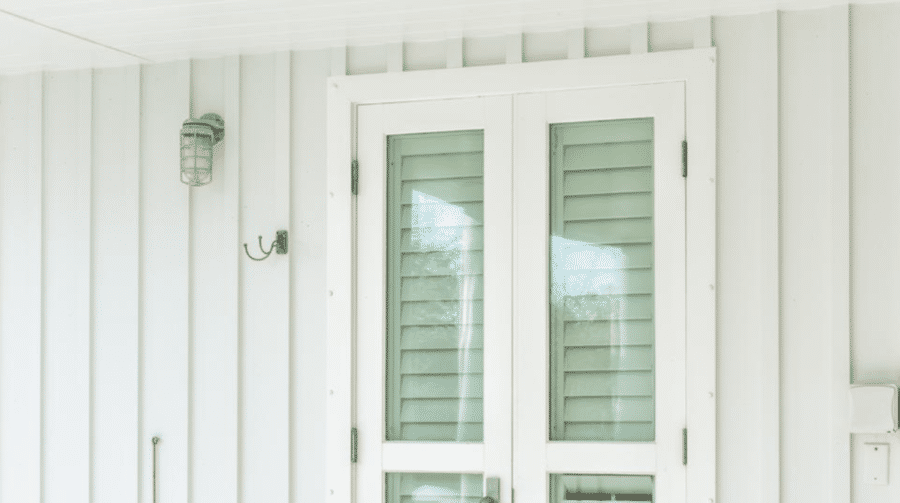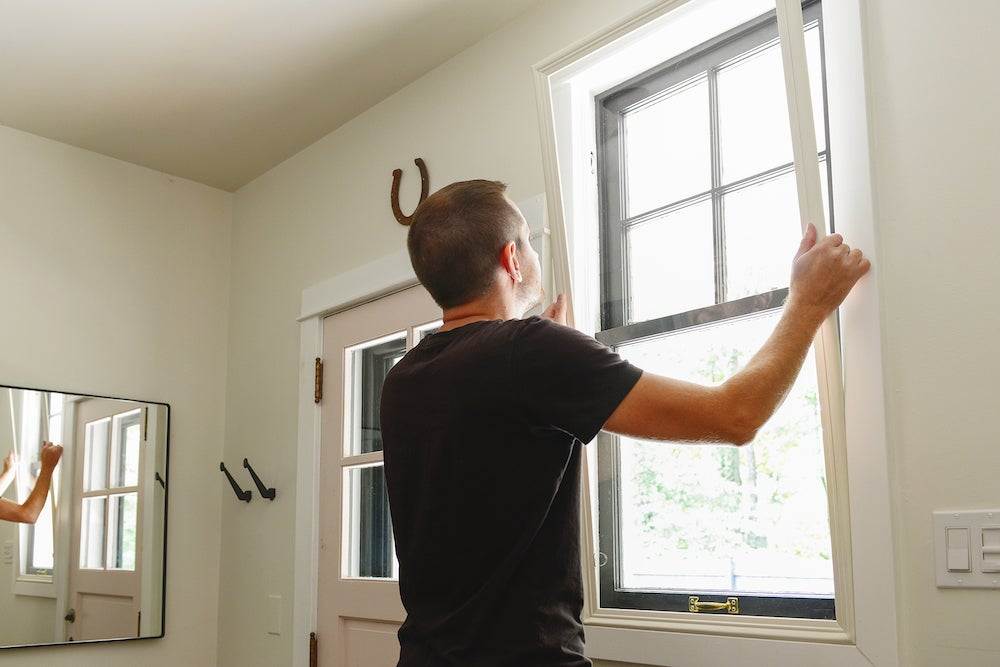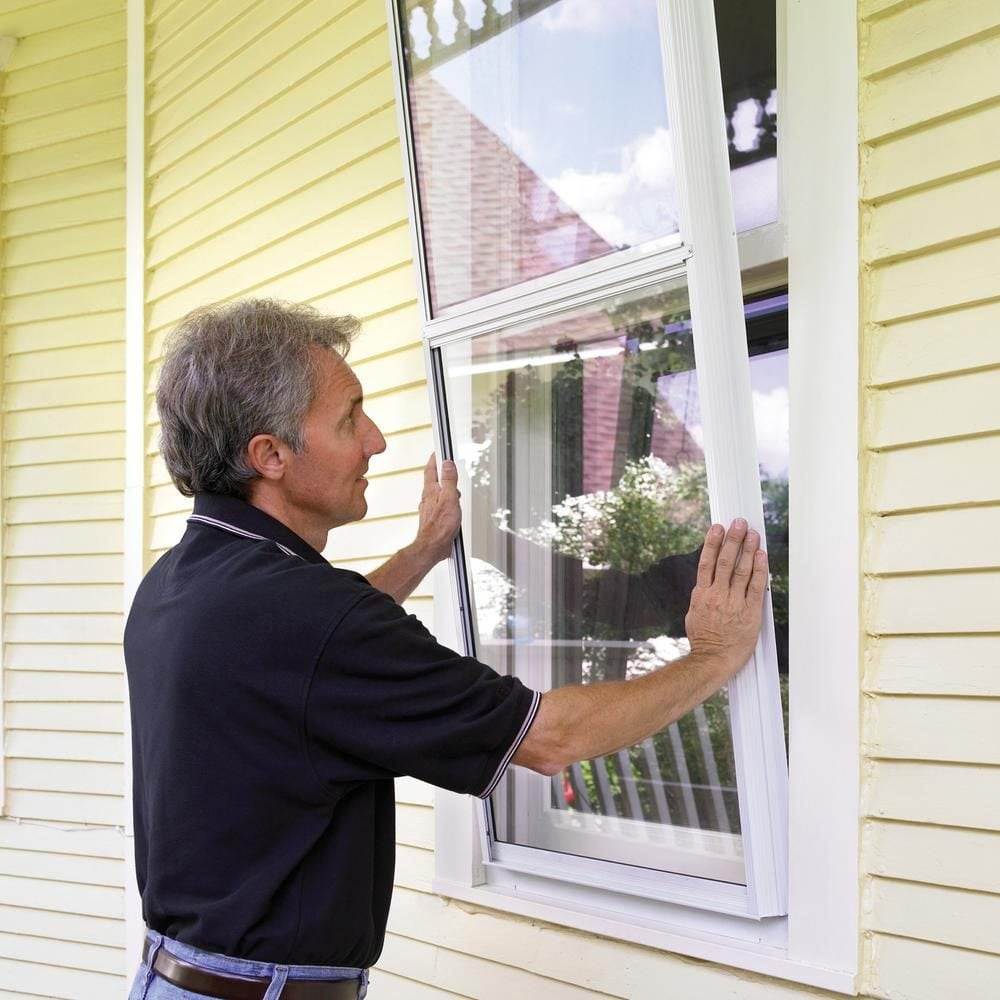With winter fast approaching, homeowners are faced with the perennial question of whether or not investing in storm windows is truly worth the expense. After all, who wants to drain their bank account for a temporary solution? In this article, we aim to shed some light on the age-old debate by examining the pros and cons of storm windows, unraveling the mysteries surrounding their cost-effectiveness, and ultimately helping you make an informed decision. So, if you’ve ever wondered whether storm windows are worth the money, sit back, relax, and let’s dive right in.

This image is property of empire-s3-production.bobvila.com.
Overview
Storm windows are a valuable addition to any home that can provide a multitude of benefits. They are secondary windows that are installed on the exterior or interior of existing windows. These windows act as a protective barrier against harsh weather conditions and help to improve energy efficiency and insulation.
What are storm windows?
Storm windows are essentially an additional layer of protection for your existing windows. They can be made of various materials such as aluminum, vinyl, or wood and are designed to fit over your current windows. They are available in different styles and configurations to suit your specific needs and aesthetic preferences.
How do storm windows work?
Storm windows work by creating an extra layer of insulation and protection for your primary windows. When installed on the exterior, they create an air gap between the storm window and the primary window. This air gap acts as an additional barrier to heat loss or gain, improving energy efficiency. When installed on the interior, they provide an extra layer of insulation to prevent drafts and keep the cold air out.
Benefits of Storm Windows
Improved energy efficiency
One of the primary benefits of storm windows is improved energy efficiency. The additional layer of insulation provided by storm windows helps to reduce heat transfer and air leakage, which can result in significant energy savings. This means that your heating and cooling systems will not have to work as hard to maintain a comfortable indoor temperature, resulting in lower utility bills.
Enhanced comfort and insulation
In addition to energy efficiency, storm windows also provide enhanced comfort and insulation. They help to reduce drafts and cold spots near windows, making your home more comfortable throughout the year. By minimizing air leakage and increasing insulation, storm windows can help to maintain a consistent indoor temperature, regardless of the weather conditions outside.
Reduced noise levels
Another advantage of storm windows is their ability to reduce outside noise levels. If you live in a noisy neighborhood or near a busy street, storm windows can act as a barrier to block out unwanted noise. The added layer of insulation and improved sealing properties of storm windows help to dampen sound vibrations, creating a quieter and more peaceful living environment.
Protection against harsh weather conditions
Storm windows are specifically designed to provide protection against harsh weather conditions. Whether it’s heavy rain, strong winds, or extreme temperatures, storm windows can help to shield your primary windows from the elements. This added layer of protection can help to prevent damage to your windows and extend their lifespan.
Extended lifespan of primary windows
By providing an extra layer of protection, storm windows can help to extend the lifespan of your primary windows. They act as a barrier against dirt, dust, and other debris that can accumulate on your windows over time. This not only makes cleaning easier but also helps to prevent damage or deterioration of your primary windows, saving you money in the long run.
Types of Storm Windows
Exterior storm windows
Exterior storm windows, as the name suggests, are installed on the outside of your existing windows. They can be attached with screws, clips, or adhesive strips and are typically made of materials such as aluminum or vinyl. Exterior storm windows are easy to install and can be removed during warmer months if desired. They provide excellent protection against harsh weather conditions and offer a wide range of customization options in terms of style, color, and design.
Interior storm windows
Interior storm windows, on the other hand, are installed on the inside of your existing windows. They are typically made of materials such as acrylic or polycarbonate and are held in place with magnets or a track system. Interior storm windows offer similar benefits as exterior storm windows, including improved energy efficiency and insulation. They are also a great option for historical or architecturally significant homes where altering the exterior appearance is prohibited.
Combination storm windows
Combination storm windows are a hybrid of both exterior and interior storm windows. They are designed to be installed on either the outside or inside of your existing windows, providing the flexibility to match the needs of your home and the prevailing weather conditions. Combination storm windows offer the benefits of both exterior and interior storm windows, providing enhanced insulation, protection, and aesthetic appeal.
Factors to Consider
Climate and weather conditions
When considering storm windows, it’s important to take into account the climate and weather conditions in your area. If you live in a region with harsh winters or frequent storms, storm windows can provide significant benefits in terms of energy efficiency and protection. However, if you live in a mild climate or an area with less extreme weather conditions, the benefits of storm windows may be less pronounced.
Window condition and age
The condition and age of your existing windows are also important factors to consider. If your windows are old or in poor condition, installing storm windows can provide an immediate improvement in energy efficiency and insulation. However, if your windows are relatively new or in good condition, the benefits of storm windows may be less noticeable.
Budget and cost considerations
Budget is another important factor to consider when deciding whether or not to invest in storm windows. The cost of storm windows can vary depending on factors such as material, style, and size. However, it’s important to consider the long-term savings that can be achieved through improved energy efficiency and reduced utility bills. In many cases, the initial investment in storm windows can be recouped over time through energy savings.
Maintenance requirements
Lastly, it’s important to consider the maintenance requirements of storm windows. While they are generally low-maintenance, they do require periodic cleaning and inspection to ensure they are functioning properly. Consider whether you are willing and able to commit to the necessary maintenance to keep your storm windows in optimal condition.

This image is property of thumbor.forbes.com.
Installation Process
Measurements and sizing
Before purchasing storm windows, accurate measurements of your existing windows are crucial to ensure a proper fit. Measure the height, width, and depth of each window opening to determine the appropriate size and style of storm windows. It’s recommended to consult a professional or refer to manufacturer guidelines to ensure accurate measurements.
Material and style selection
When choosing the material and style of your storm windows, consider factors such as durability, aesthetics, and maintenance requirements. Aluminum storm windows are known for their durability and strength, while vinyl storm windows offer low maintenance and excellent energy efficiency. Wood storm windows provide a classic and traditional look but may require more maintenance.
Professional installation vs. DIY
The installation of storm windows can be done by a professional or as a do-it-yourself (DIY) project. Hiring a professional ensures accurate measurements, proper installation, and guarantees a high-quality result. However, if you have experience with window installations and feel confident in your skills, DIY installation can be a cost-effective option. Consider your level of expertise and the complexity of the installation before deciding between professional installation and DIY.
Cost and Return on Investment
Initial costs of storm windows
The cost of storm windows can vary depending on factors such as material, style, and size. On average, the cost of storm windows ranges from $200 to $800 per window, including installation. The total cost will depend on the number of windows and the specific requirements of your home. While the initial investment may seem high, it’s important to consider the long-term savings in energy costs and the extended lifespan of your primary windows.
Potential energy savings and reduced utility bills
One of the main advantages of storm windows is the potential for energy savings and reduced utility bills. By improving insulation and minimizing air leakage, storm windows can help to reduce the load on your heating and cooling systems. This, in turn, can lead to significant energy savings and lower utility bills over time. Exact savings will depend on factors such as the size of your home, climate conditions, and the efficiency of your existing windows.
Impact on property value
Investing in storm windows can also have a positive impact on the value of your property. Energy-efficient features are highly sought after by buyers and can increase the overall desirability and marketability of your home. While the exact impact on your property value will depend on various factors, such as the local real estate market, the presence of storm windows can be a selling point and potentially contribute to a higher sale price.

This image is property of empire-s3-production.bobvila.com.
Alternatives to Storm Windows
Weatherstripping
Weatherstripping is an alternative to storm windows that can provide temporary insulation and energy efficiency. It involves sealing gaps and cracks around windows and doors using adhesive strips or other forms of weather-resistant material. Weatherstripping can help to reduce drafts and air leakage, improving energy efficiency without the need for additional windows. However, it may not offer the same level of insulation or protection as storm windows.
Window film
Window film is another alternative to storm windows that can provide similar benefits. It involves applying a thin, transparent film to your existing windows, which helps to block out heat and UV rays while still allowing natural light to enter. Window film can improve energy efficiency, reduce glare, and protect furnishings from fading. However, it may not provide the same level of insulation or protection against harsh weather conditions as storm windows.
Replacement windows
If your existing windows are old, inefficient, or in poor condition, replacing them with new energy-efficient windows may be a more suitable option than adding storm windows. Replacement windows are specifically designed to provide superior insulation, durability, and energy efficiency. While the cost of replacement windows may be higher than storm windows, they can provide long-term benefits in terms of energy savings and increased comfort.
Case Studies
Homeowner A’s experience with storm windows
Homeowner A recently installed storm windows in their 100-year-old home. Prior to the installation, they experienced drafty windows, high energy bills, and discomfort during the winter months. After the installation of storm windows, they noticed a significant improvement in energy efficiency, with their heating system running less frequently. The drafty areas near windows were eliminated, resulting in increased comfort throughout the home. Homeowner A also noted a reduction in outside noise levels and an overall improvement in the appearance of their home’s exterior.
Comparative analysis of energy bills before and after installation
A comparative analysis of energy bills before and after the installation of storm windows was conducted in a residential building. The analysis revealed a noticeable decrease in energy consumption and utility bills following the installation of storm windows. The building’s occupants reported improved comfort and a more consistent indoor temperature year-round. The energy savings achieved through the installation of storm windows justified the initial investment, and the project was considered a cost-effective upgrade for the building.

This image is property of www.familyhandyman.com.
Conclusion
Storm windows are a worthwhile investment for homeowners looking to improve energy efficiency, enhance comfort, and protect their primary windows. They offer a range of benefits, including improved insulation, reduced noise levels, and protection against harsh weather conditions. The type of storm windows, as well as factors such as climate, window condition, budget, and maintenance requirements, should be carefully considered when making a decision. While there are alternatives to storm windows, such as weatherstripping and window film, they may not provide the same level of insulation and protection. Case studies and comparative analysis have demonstrated the tangible benefits and return on investment of storm windows. Ultimately, the decision to invest in storm windows should be based on individual needs, preferences, and the long-term value they can provide to your home.
Sources
- “Are Storm Windows Worth The Money?” by Energy.gov.

This image is property of www.energystar.gov.
